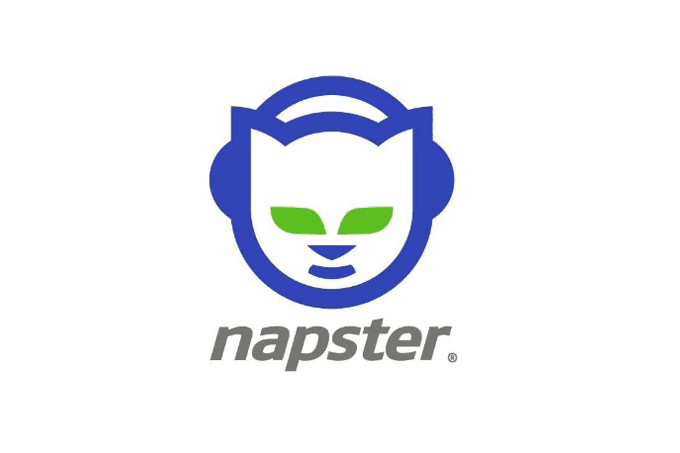Now in 2019, how many people have not used Spotify, Apple Music, Pandora, or any music streaming services yet? There is simply too much music that we are exposed to listen to with just a press of a button.

However, did you know that history of the music streaming services first derived from Napster, Inc., which uses a mechanism of Peer to Peer (P2P) service? This unprecedented application on the internet began in the fall of 1998 by Shawn Fanning, brought both cheerful acclamation and troublesome disputes (lawsuits from major records) at the same time. The songs were stored in central servers that provided a real-time directory with specifications of stored file names and locations. Users uploaded music to the server from their vinyl, tapes, and CD recordings, in returns, downloading over billions of other songs in MP3 format. “MP3 technology was developed by a German engineering firm in 1987 as a way of compressing digital audio files by removing inaudible space and squeezing the rest.” (Honigsberg, 474)


Screenshot by Njahnke
On December 6th, 1999, A & M Records and seventeen other record companies filed a complaint about Napster off copyright infringement. The image of Napster was rapidly waning and on February 12th, 2001, the court ordered Napster to install filters to halt the use of any copyrighted materials, thus “blocking over ninety-nine percent of copyrighted material.” On July 2nd, 2001, Napster eventually had to close their online service.
Nevertheless, during the span of court hearings, Napster was preparing for their transformation. BMG record company, which was one of the five major companies who sued Napster, turned their side and partnered with Napster for a “fee-based membership service.” Napster and BMG together, they planned on creating a new online service that provides a digital version of the music, books, and magazines with the utilization of P2P mechanism. Hank Barry, who is the former CEO of BMG record announced to offer the users with $4.95/month and about seventy to eighty percent avenues shared to record companies. Unfortunately, the offer did not appeal to any other major records as their calculation suggested that the deal was not profitable enough. With Konrad Hilbers’ replacement of Hank Barry, Napster previewed their new subscription model In January 2002 with a limitation in a diversity of music selections.
[News Article] Napster Unloads Interim CEO Hank Barry, Brings BMG Insider on Board
Soon after, Napster sadly had to announce their bankruptcy and Roxio, a CD-burning software maker, purchased Napster’s brand and logo with his bid that was worth about $5.3 million. After he successfully brought back Sean Fanning to the company, they planned on launching a fully legalized version of Napster. Roxio acquired PressPlay for $12.5 million in cash and made reborn of PressPlay possible with the name of Napster 2.0. After five years, Best Buy purchased Napster with $121 million but resold ‘Napster’s customers and intellectual property’ in 2011 to Rhapsody with returns of a minority stake. Rhapsody has been growing ever since, especially big in Europe, and In 2016, Rhapsody rebranded itself with the name of Napster. Now Napster is competing against major music streaming services, Spotify, Pandora, Apple Music, iHeartRadio, Deezer, Beats Music, and many more.
[Article] Roxio Buys Napster Assets
[Article] Roxio Hires Napster Founder, Will Re-Launch Service In 2003
[Article] ROXIO BUYS PRESSPLAY, NAPSTER LIVES
[Article] Napster Is Back as Rhapsody Rebrands Its Streaming Service
[Article] The History of Napster
This is the brief history of Napster, the pioneer incorporate that brought the music streaming services to us. Watch some of the documentaries about Napster.
Sources:
- U.S.C. A&M Records. Inc. v. Napster. Inc. 114 F. Supp. 2d 896 (N. D. Cal. 2000)
- Peter Jan Honigsberg, The Evolution and Revolution of Napster, 36 U.S.F. L. Rev. 473 (2002)
- https://www.businessinsider.com/napster-is-finally-dead-heres-a-look-back-at-what-happened-2011-10
- H. Michael Drumm, Life after Napster: Will Its Successors Share Its Fate, 5 Tex. Rev. Ent. & Sports L. 157 (2003)
